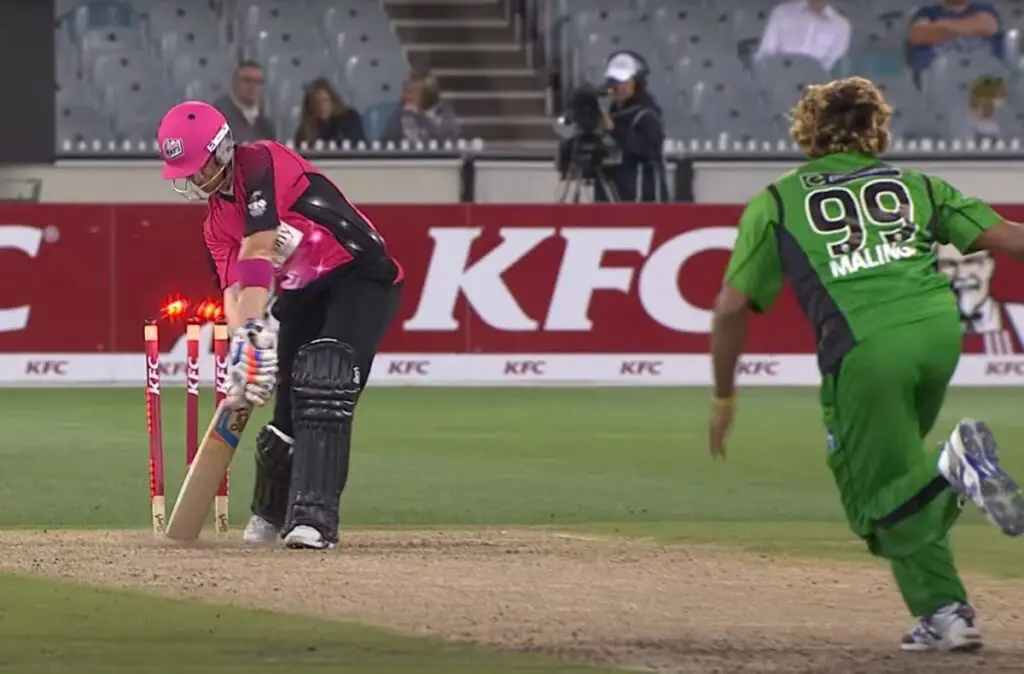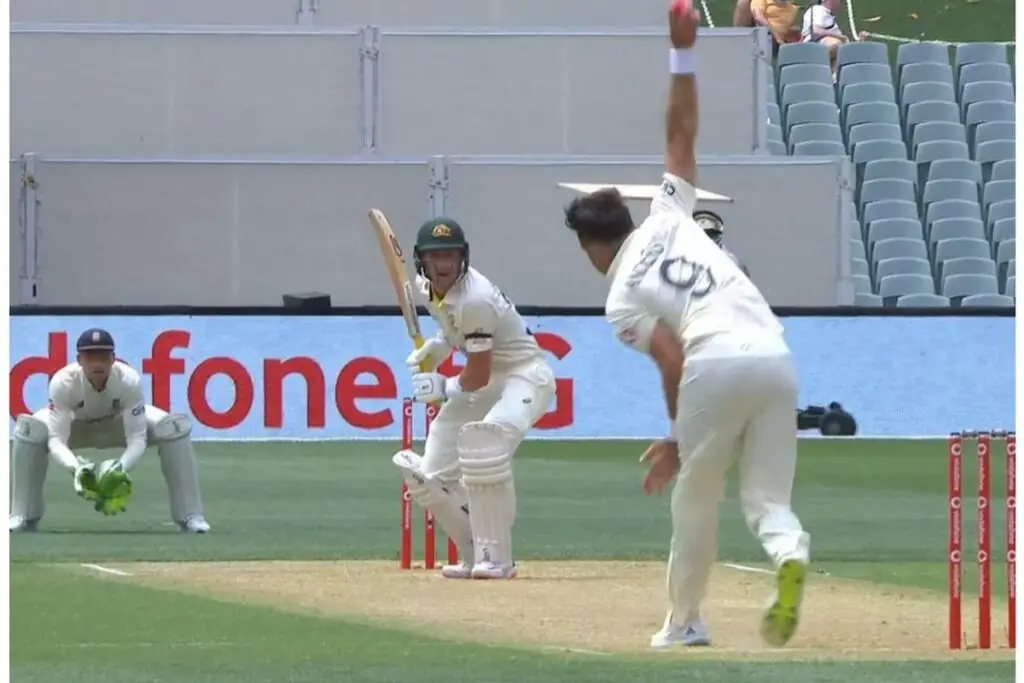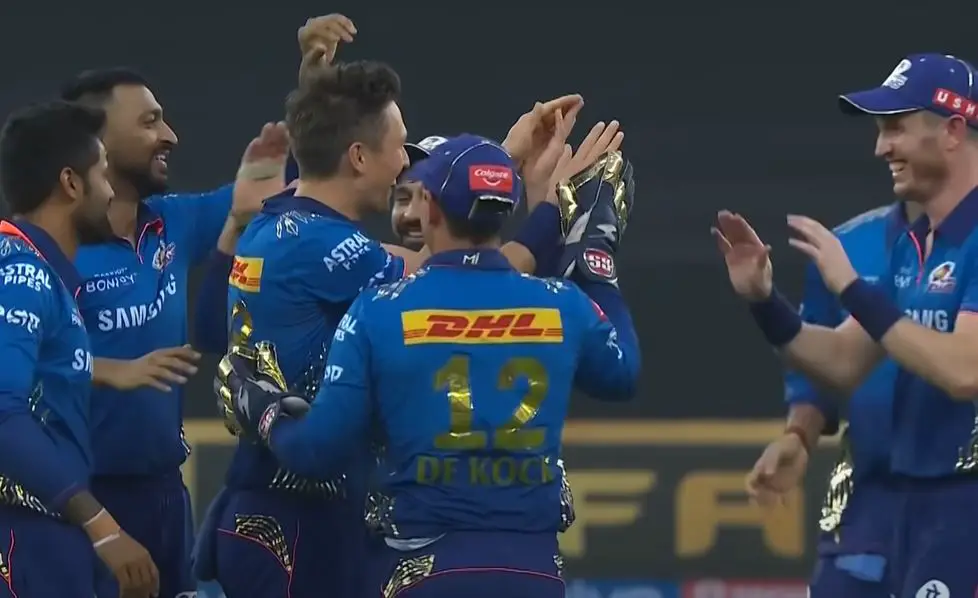In an era where sports like cricket are competing for people’s attention with thousands of other forms of media including tv, streaming platforms like Netflix, social media platforms and video games, sports often have to re-invent themselves or adjust their product to match up with the preferences of their target audience. In recent decades I think one of the sports that has re-invented itself most successfully has been cricket, and this has been largely due to the introduction of the T20 format.
In this post we’re going to discuss why T20 cricket has proved to be such a popular addition to the cricket calendar. We’ll also look at how popular it actually is compared to other formats like test and ODI cricket. Lastly, I’ll walk you through the reasons why some people may not be huge fans of T20, and what the future of the format could look like. I hope that’s the kind of info you’re looking for!
So, why is T20 cricket so popular?
T20 cricket is popular because it’s one of the shortest forms of the sport. This attracts fans who don’t like watching test matches which last multiple days. The short nature of T20 also encourages players to play a much more attacking brand of cricket, making it much more eventful and exciting for the fans to watch.
T20 matches are usually completed in around 3-4 hours, so it’s much easier for the casual sports fan to stay up to date and interested in this type of game than it is to stay up to date with the twisting and turning nature of a test match which lasts for 5 days. The vast majority of people who watch sport will have work, family or school commitments, and these will often prevent even the most committed test match cricket lovers from staying glued to the TV for an entire 5-day game. So, if test cricket’s most hardcore fans can’t even manage it 100% of the time, you can imagine that it’s very hard for a person who isn’t that invested in the sport to stay interested for that long.

Another reason that T20 cricket is so popular amongst fans is that it can also be played at more favourable times of day. In fact, this is one of the format’s main selling points – especially when it comes to fans actually being able to attend games in person. As we’ve already discussed above, a full T20 match can be wrapped up in around 3 hours, which makes it perfect for being played at night under floodlights. Games that are played at night are much easier to watch and to attend for adults who work during the day, and as a result these games are massively popular. Compare this to a test match or a normal first-class match (click here if you don’t know the difference between those) which is usually played mid-week from the morning until the early evening, and you can see why it’s hard for a lot of people to watch the longer formats of cricket on tv and in person.
One of the other major reasons that T20 cricket is so popular is that it presents more opportunities for upsets and shock results than the other major cricket formats do. In a 5-day test match, a low quality team would have to outperform a higher quality team over multiple days and hundreds of overs if they were to beat them. However, in T20 cricket, a lower quality team could simply have an amazing 10 overs while batting, or have one player score incredibly quickly, or have one bowler pick up a bunch of quick wickets and this could lead to a win. Sometimes even one huge over is enough to make the difference in these shorter games – which is fantastic for the lower quality teams! For evidence of this you don’t have to look any further than the recent T20 World Cup that took place in Australia. During this tournament:
- Namibia beat Sri Lanka by 55 runs
- Scotland beat West Indies by 42 runs
- Ireland beat West Indies by 9 wickets
- Ireland beat England by 5 runs
- Zimbabwe beat Pakistan by 1 run
- Netherlands beat South Africa by 13 runs
All of the winning sides in those games were heavy underdogs, so the result of each game represented a massive upset! It’s incredibly unlikely that Namibia would be able to beat Sri Lanka over the course of a 5-day test match, or that Zimbabwe could beat Pakistan in a test, but the T20 format gives these teams much more of a chance of competing.
If you’d like to read a little more about why test match cricket is so difficult for teams and individual players to do well in – click here to have a look at my post on that topic!
How Popular Is T20 Cricket?
So, we’ve looked at some reasons why T20 cricket is popular, but now it’s time to examine just how popular it actually is. A good way to look at this is by going on google trends! If you’re not sure what that is, it’s basically a section of google that allows you to compare topics against each other by looking at the search volumes of all of them. It allows you to track the interest worldwide, by individual country, and over a long time period. For the examples below, I have the location filter set to worldwide, and the graphs are from the last 5 years only.
The first graph shown below compares the search term ‘T20 Cricket’ in blue, and ‘Test Cricket’ across the world for the last 5 years. The two huge blue spikes represent the two T20 World Cups that have occurred in the last 5 years – which is when the world’s attention was most focused on the format. Interest in test cricket is a little more evenly spread out, with people searching for it a little more from year to year. However, it’s T20 cricket that really pulls in the huge public interest when the world cups are ongoing. Test cricket never really challenges that search volume at any stage.

The next graph below compares searches for the term ‘T20 Cricket’ in blue, and ‘ODI Cricket’ in red. The results are even more pronounced in this case. ‘ODI Cricket’ has a relatively low search volume, especially when compared to the term ‘T20 Cricket’ whilst the two T20 world cups were ongoing. There was an ODI world cup in 2019 but this barely registers a spike on the red graph below – which is interesting!

Next I thought I would compare the most popular T20 cricket league in the world – The IPL (shown in blue), with the English Premier League (the most popular football league in the world – shown in red). I must say, these results shocked me quite a bit. The English Premier League football competition has a longer season, and as a result the search volumes are a lot more consistent and they remain at a good level through most of the year. However, whenever the IPL is played the search volumes are massive and dwarf that of the EPL. It is quite amazing that the IPL has gained this level of popularity so quickly, but a lot of that must be put down to the huge population size of India, the host country of the tournament. If England also had a population of nearly 1 billion people we would expect the graph below to look very different!

The graphs above offer a very interesting insight into the popularity of T20 cricket and the IPL specifically. But those are just search terms on the internet! What do our eyes tell us when we watch T20 cricket? Do fans show up for the games? Well, the answer is nuanced as always. The IPL draws in massive crowds, just like all cricket in India. In England, the English Men’s games are always very well attended no matter the format, but in the county game, the short format matches like T20’s have the highest attendance. The attendance at county championship games is nowhere near the level of the T20 blast, and a lot of this is to do with scheduling and time periods as we’ve already discussed.
In Australia, the trend is much the same as in England. Fans usually flock to see Australia play anyone, but at state level the picture is different. The BBL (Australia’s main T20 competition) draws in much bigger crowds than the first class state games – once again emphasising the popularity of T20 cricket.
Moving away from the main 3 cricketing nations, the picture is a little more complicated again. Test cricket crowds in countries like New Zealand, West Indies and Sri Lanka can be relatively small, and you’ll usually see a lot more people showing up to watch the domestic T20 competitions in those countries.
Why Do People Dislike T20 Cricket?
If you’ve been following cricket for a while you’ll probably be aware that the introduction of T20 cricket as well as its continued expansion is a contentious issue, with many cricket fans being hostile to the format. But why is this? Here are some of the things people claim:
- T20 Cricket is encroaching on traditional forms of the game – As T20 increases in popularity, it is only natural that cricket teams and cricket playing nations start to play the format more and more. Especially when they realise that it brings in a larger amount of money! Because there’s only so much cricket you can fit into a calendar year, 4 day/5 day cricket is being sacrificed to make way for T20 cricket in many countries, and 50 over cricket is struggling too. Many cricket purists see this as a huge problem, and want the more traditional forms of cricket to retain their place and importance within the sport.
- T20 ruins batting techniques, making them unsuitable for long form cricket – Because T20 cricket places such a huge emphasis on scoring runs quickly and playing in an aggressive way, it can be tough for players to excel in this format as well as longer formats like test cricket. In test cricket, batters need to be watchful, patient and have sound techniques. T20 cricket requires batters to be inventive, unorthodox and hyper-attacking. It’s difficult for players to possess all these abilities and be able to switch between them easily. Many cricket purists suggest that the aggressiveness of T20 cricket has led to a decline in test match batting standards, because batters have much less experience of playing long innings’ and batting in disciplined ways.

- Bowlers lose sight of the importance of consistency – To avoid being hit for lots of runs in T20 games, bowlers will try to bowl as many variations as possible and randomise their lines and their lengths. As a result, this can mean that bowlers don’t place as much importance on bowling a consistent line and length, which harms how effective they can be in longer formats of the game such as test matches.
- There are too many franchise T20 tournaments – These days, every cricket playing nation has their own T20 tournament. Some even have more than one! There are absolutely loads of tournaments for players to choose from across the globe, and each year teams will have a different selection of players at their disposal. This constant cycle of tournaments and players can take quite a toll on the viewing public, meaning they can’t really get attached to one team and support them over the long term. Spectators aren’t sure which players are representing which team, and at which times of the year they will be doing so. This can leave spectators feeling like T20 games are a bit meaningless, whilst on the other hand test matches (which are played more rarely) have a lot higher value due to this rarity.
- It doesn’t provide as many memorable moments – If you’re a regular watcher of cricket, have a think to yourself, what are your most memorable cricket moments? For me, most of them are England’s test victories in Ashes series’ and on the sub-continent, with a couple of world cup wins sprinkled in. When I think of the great innings I’ve seen, my mind immediately goes to Stokes at Headingley, KP in Mumbai and against the Aussies in ’05, Graeme Smith at Edgbaston in ’08. Even though there have been so many T20 innings played in recent years, I struggle to think of one or two that really stand out from the rest. I also struggle to think of any games that seemed absolutely incredible, ones that were on the level of India’s recent test wins in Australia. Lots of cricket fans feel the same way too, which is why they prefer the longer formats.
- There is a poor balance between bat and ball – Cricket is much better when there is a great balance between bat and ball, not many people would deny that. Many cricket fans think that T20 cricket favours the bat too much, and doesn’t give bowlers as much of a chance to impact the game themselves. In T20 cricket, the white ball rarely swings or seams, which is a huge weapon for fast bowlers. The pitches don’t offer much assistance for the seamers, or much turn for the spinners either. This is the case because good batting pitches allow batters to play in more aggressive ways, and score more runs as a result. Lots of runs being scored and plenty of boundaries being hit is seen as the best entertainment for fans during a T20 game, but this means that bowlers often receive a raw deal! Elite bowlers will always give batters a hard time, but for those fans who want to watch a genuine contest between bat and ball, they may look somewhere else other than T20 games.
What Does The Future Of T20 Cricket Look Like?
In the future, I think we can expect the influence of T20 cricket to continue to grow. So much so that it will slowly but surely begin to fill most of the international and domestic calendars. There are currently three main formats of cricket played internationally; test cricket, 50-over cricket and 20-over cricket. But in the long term, I think one of those formats will need to be sacrificed in order to ensure that players aren’t playing too much cricket. The format that is sacrificed will probably be 50-over cricket, which is currently struggling to retain relevance in an era that seems to have outgrown it. Personally, I love 50-over (aka ODI) cricket, but it seems like a foregone conclusion that it won’t be around forever.
As time goes on, I think you will see more and more players sacrificing their chance to play international cricket in order to embark on the T20 circuit, playing for multiple different franchises all across the world to earn as much money as possible in their short careers. Sadly, currently only the big three cricketing nations (India, England & Australia) can afford to take total control of when and where their current crop of players play as they can provide higher salaries. Even then, English and Australian players regularly play in T20 leagues across the world. Players from countries with lower salaries for international players like New Zealand, Sri Lanka and West Indies will be more inclined to abandon the international scene in pursuit of cash – and fair play to them I guess.

To put it simply, T20 cricket is going nowhere. The IPL will expand to be a larger competition that lasts longer, and other nations will do as much as they can to emulate its success. Maybe one day the ICC or a different cricketing body will need to step in in order to prevent T20 cricket from completely cannibalising the sport, but I certainly hope a compromise is reached before then!
Conclusion
I hope this post has answered all your questions about T20’s popularity. It’s a form of the game that I enjoy hugely, because who doesn’t want to see the world’s best bowlers and batters playing against each other regularly? However, I do also see the downsides and the way that the format could (and arguably already has) change the face of the sport forever. Above all, I’m a huge test cricket fan, and I hope that format always keeps its place at the top of the cricket pyramid. But T20 is necessary for the sport to grow and to draw in the revenues needed to maintain the game across the world.
If you’re in the mood for reading more about T20 cricket, type it into the search bar at the top of the page – I’ve got many more articles on the topic. Enjoy!
